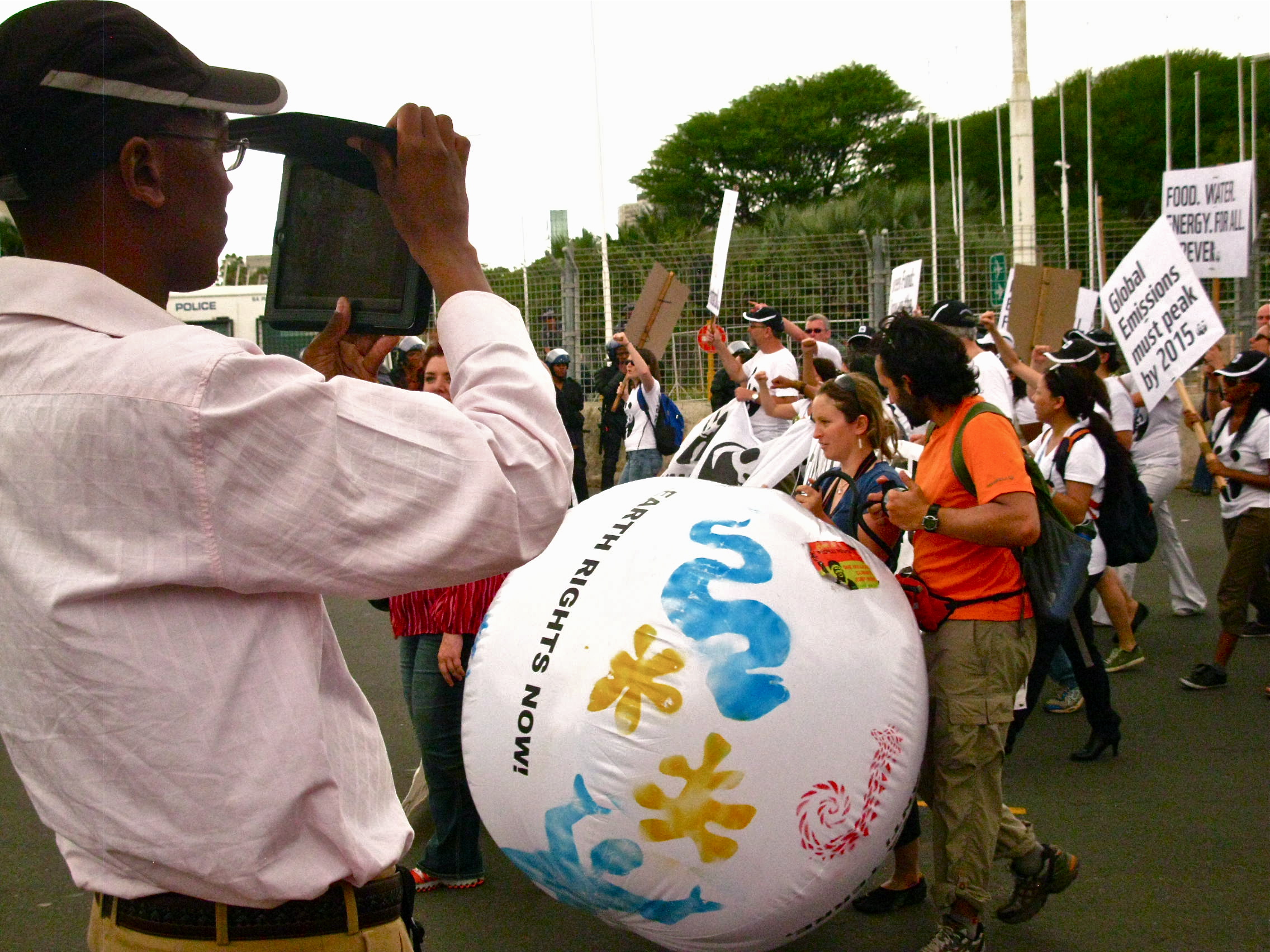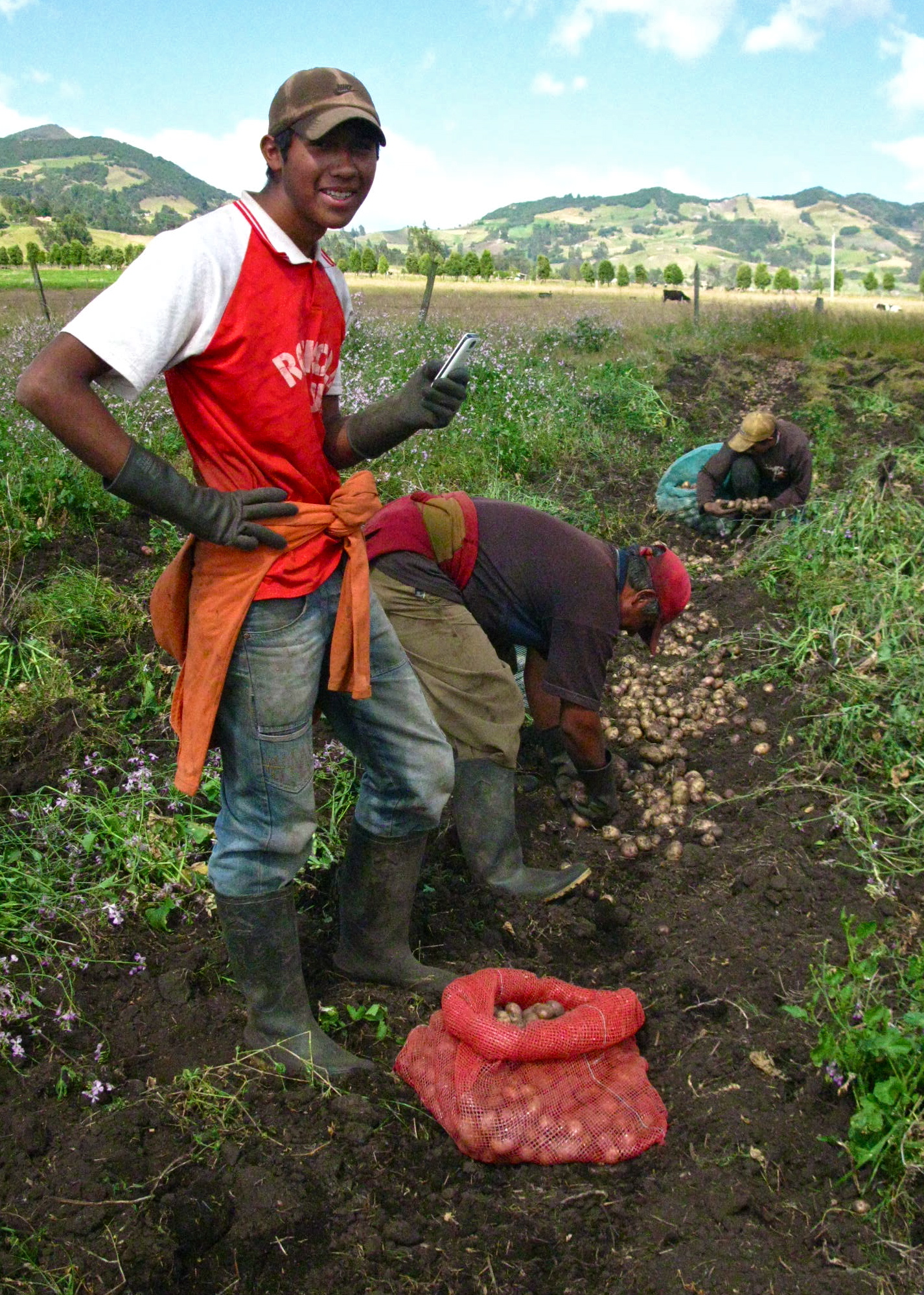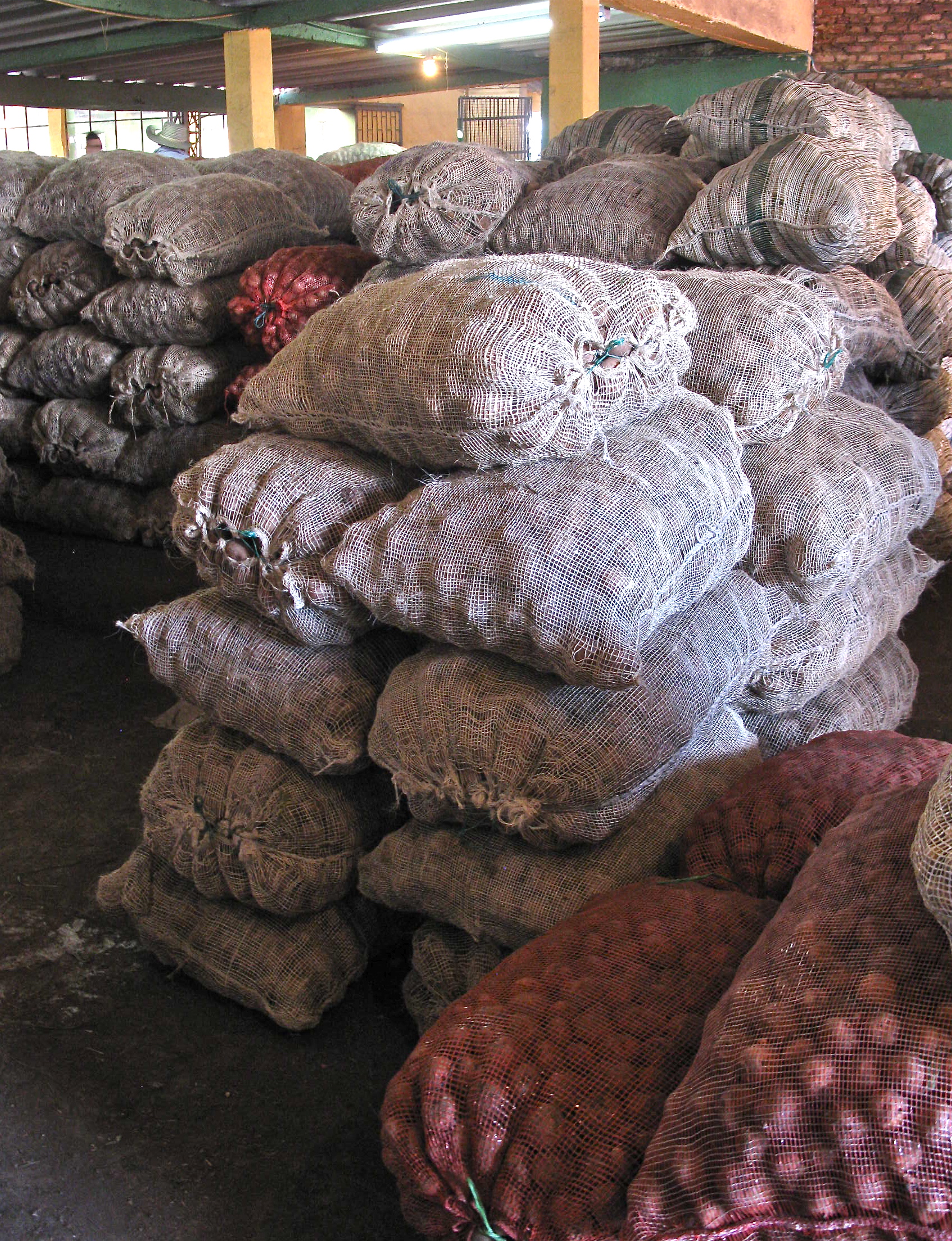Why is digital tech missing from analyses of climate adaptation in mountain regions?
Digital innovation is and will be central to climate adaptation. At a macro-level, as shown in figure 1, ICTs can support all aspects of the adaptation strategy lifecycle[i]. At a micro-level, digital tools are supporting households and communities with applications related to weather and pest early warning, water conservation, climate insurance, etc[ii]. A whole series of innovations – AI, robotics, blockchain and more – are further expanding the contribution that digital can make to climate adaptation[iii].
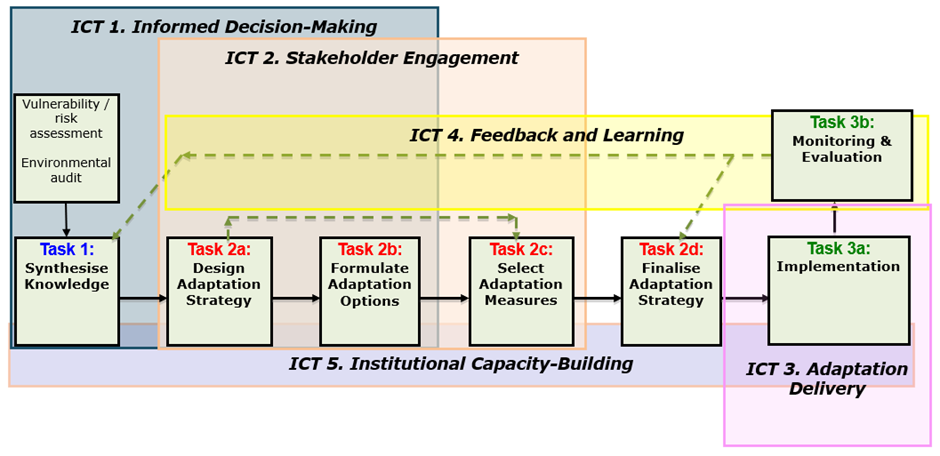
Figure 1: ICTs and Climate Adaptation Strategy
Mountain regions are often cited as being on the front line of climate change[iv] and they are, hence, the locus for widespread climate adaptation initiatives[v]. Those initiatives are analytically reviewed from time to time. Leading examples of such reviews at both strategic and tactical levels include:
- McDowell, G., Stephenson, E., & Ford, J. (2014). Adaptation to climate change in glaciated mountain regions. Climatic Change, 126, 77-91.
- Muccione, V., Salzmann, N., & Huggel, C. (2016). Scientific knowledge and knowledge needs in climate adaptation policy: a case study of diverse mountain regions. Mountain Research and Development, 36(3), 364-375.
- McDowell, G., Huggel, C., Frey, H., Wang, F. M., Cramer, K., & Ricciardi, V. (2019). Adaptation action and research in glaciated mountain systems: are they enough to meet the challenge of climate change?. Global Environmental Change, 54, 19-30.
- Cattivelli, V. (2021). Climate adaptation strategies and associated governance structures in mountain areas. Sustainability, 13(5), 2810.
- McDowell, G., Stevens, M., Lesnikowski, A., Huggel, C., Harden, A., DiBella, J., … & Global Adaptation Mapping Initiative. (2021). Closing the adaptation gap in mountains. Mountain Research and Development, 41(3), A1.
- Vij, S., Biesbroek, R., Adler, C., & Muccione, V. (2021). Climate change adaptation in European mountain systems: a systematic mapping of academic research. Mountain Research and Development, 41(1), A1.
- Muccione, V., Aguilera Rodriguez, J., Scolobig, A., Witton, R., Zwahlen, J., Mackey, A., … & Allen, S. K. (2024). Trends in climate adaptation solutions for mountain regions. Mitigation and Adaptation Strategies for Global Change, 29(7), 74.
What do all of these multi-initiative analyses have in common? They make no mention of the role of digital tech within the adaptation strategies or solutions[vi]. There are occasional mentions of components likely underpinned by digital such as scenario modelling or mapping or the role of “scientific information” and data, and there are a few unspecific references to “technology”. But there is no explicit consideration of digital: snow-making technology is discussed; digital technology is not.
Is this because mountain climate adaptation does not involve digital technology? No.
The Adaptation at Altitude Solutions Portal provides details of 88 mountain climate adaptation initiatives; available as an online dataset. Analysis of the dataset plus reference to original project documentation shows that in all but 10 cases – so for 89% of projects – digital technologies were identifiably an important part of the adaptation response[vii]. The most common applications could be related to different stages of response. Recurrent early-stage uses were for modelling and mapping, e.g. of priority locations for intervention, often involving earth observation data and geographic information systems. Recurrent late-stage uses were for flood, fire, weather or similar early warning systems; usually mobile phone-based. The other common application was management information systems, typically to support the operation of community, local government, NGO or central government adaptation centres. Less common applications included use of drones, and e-commerce and e-learning systems.
Is this analytical absence a problem? Very likely it is:
- Failing to identify the contribution of digital technologies to climate adaptation means future initiatives – to the extent they are influenced by past analyses – are less likely themselves to successfully incorporate, and hence to benefit from, digital.
- Failing to analyse the role of digital in climate adaptation means a failure to learn digital-specific lessons which thus makes future initiatives more likely to fail. Especially so given that there are digital-specific design, development, implementation and evaluation techniques that cannot simply be transferred from other technologies[viii].
- Failing to highlight the role of digital in climate adaptation means an absence of consideration of emerging digital innovations such as AI and blockchain that, as noted above, have been demonstrated to have significant potential to accelerate adaptation[ix].
This does not answer the original question of why digital is missing. Most likely it’s a failure of multi-disciplinarity within research on sustainable mountain development, with an absence of socio-technical digital development expertise – the kind that would immediately recognise the pervasive presence and importance of digital systems. That’s a reminder of the way in which development studies – with the emergence and growth of its ICT4D sub-discipline including dedicated degree courses and journals – has progressed further than mountain studies.
In terms of implications of all this, many of the sources cited above include an identification of research gaps. What they have missed, however, is the gap – and future research agenda – around digital and climate adaptation in mountain regions. That’s a priority topic that should be taken forward. We welcome thoughts on modalities and collaborations for this.
[i] Adapted from Ospina, A.V. & Heeks, R. (2011) ICTs and Climate Change Adaptation: Enabling Innovative Strategies, Centre for Development Informatics, University of Manchester, UK
[ii] Dittmer, K. M., Wollenberg, E. K., Burns, S., & Shelton, S. W. (2022). Digital Tools for Climate Change Adaptation and Mitigation, TRANSITIONS Policy Brief, IFAD, Rome
[iii] Parra-López, C., Abdallah, S. B., Garcia-Garcia, G., Hassoun, A., Sánchez-Zamora, P., Trollman, H., … & Carmona-Torres, C. (2024). Integrating digital technologies in agriculture for climate change adaptation and mitigation: state of the art and future perspectives. Computers and Electronics in Agriculture, 226, 109412
[iv] McDowell, G., Stephenson, E., & Ford, J. (2014). Adaptation to climate change in glaciated mountain regions. Climatic Change, 126, 77-91; Pepin, N. C., Arnone, E., Gobiet, A., Haslinger, K., Kotlarski, S., Notarnicola, C., … & Adler, C. (2022). Climate changes and their elevational patterns in the mountains of the world. Reviews of Geophysics, 60(1), e2020RG000730.
[v] Muccione, V., Aguilera Rodriguez, J., Scolobig, A., Witton, R., Zwahlen, J., Mackey, A., … & Allen, S. K. (2024). Trends in climate adaptation solutions for mountain regions. Mitigation and Adaptation Strategies for Global Change, 29(7), 74.
[vi] Based on a read-through of each of these sources plus cross-check search for ‘digital’, ‘information’, ‘data’, ‘technol’ and other terms potentially related to digital technology.
[vii] Even where not identifiable, digital technologies will have been used for project management, monitoring and evaluation, and dissemination purposes.
[viii] Pearlson, K. E., Saunders, C. S., & Galletta, D. F. (2024). Managing and Using Information Systems: A Strategic Approach. John Wiley & Sons; Heeks, R.B. (2018) Information and Communication Technologies for Development. Routledge.
[ix] Moncada, N.R. (2023) Blockchain for Climate Innovation, CIFAR Alliance; Leal Filho, W., Wall, T., Mucova, S. A. R., Nagy, G. J., Balogun, A. L., Luetz, J. M., … & Gandhi, O. (2022). Deploying artificial intelligence for climate change adaptation. Technological Forecasting and Social Change, 180, 121662.
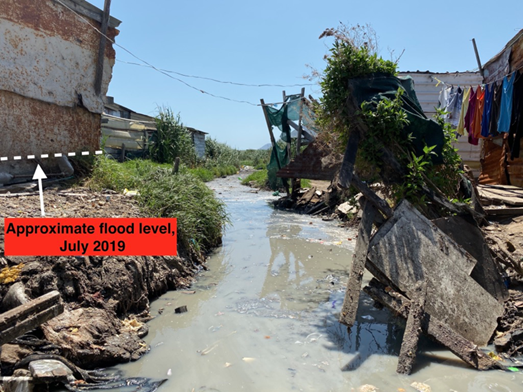
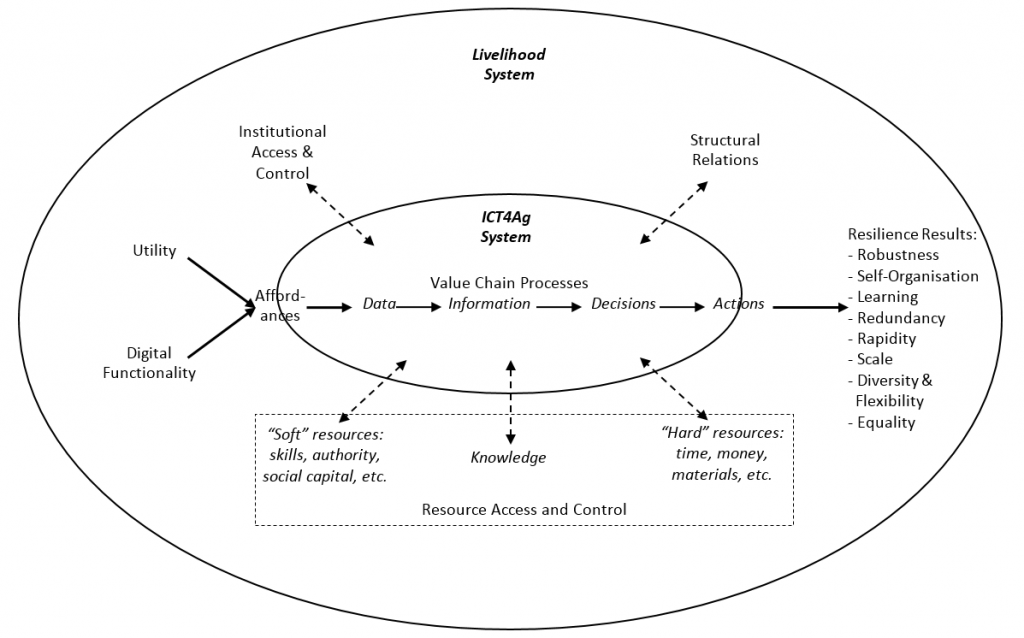
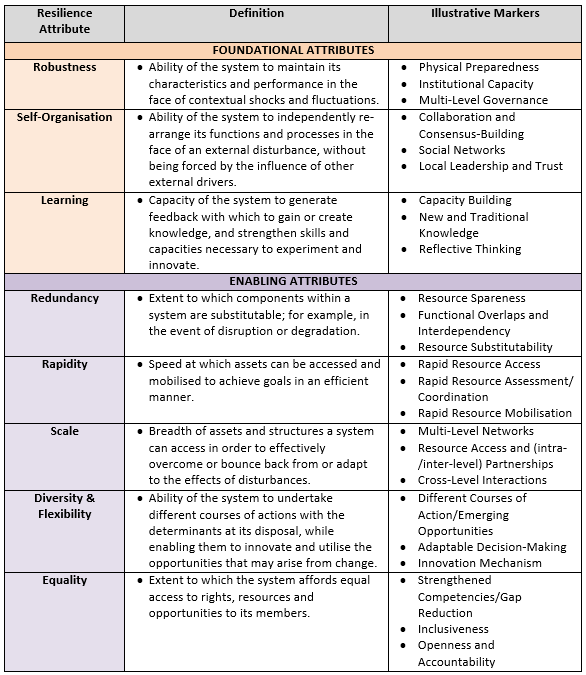
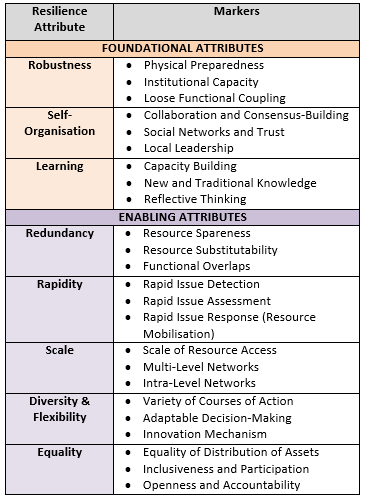
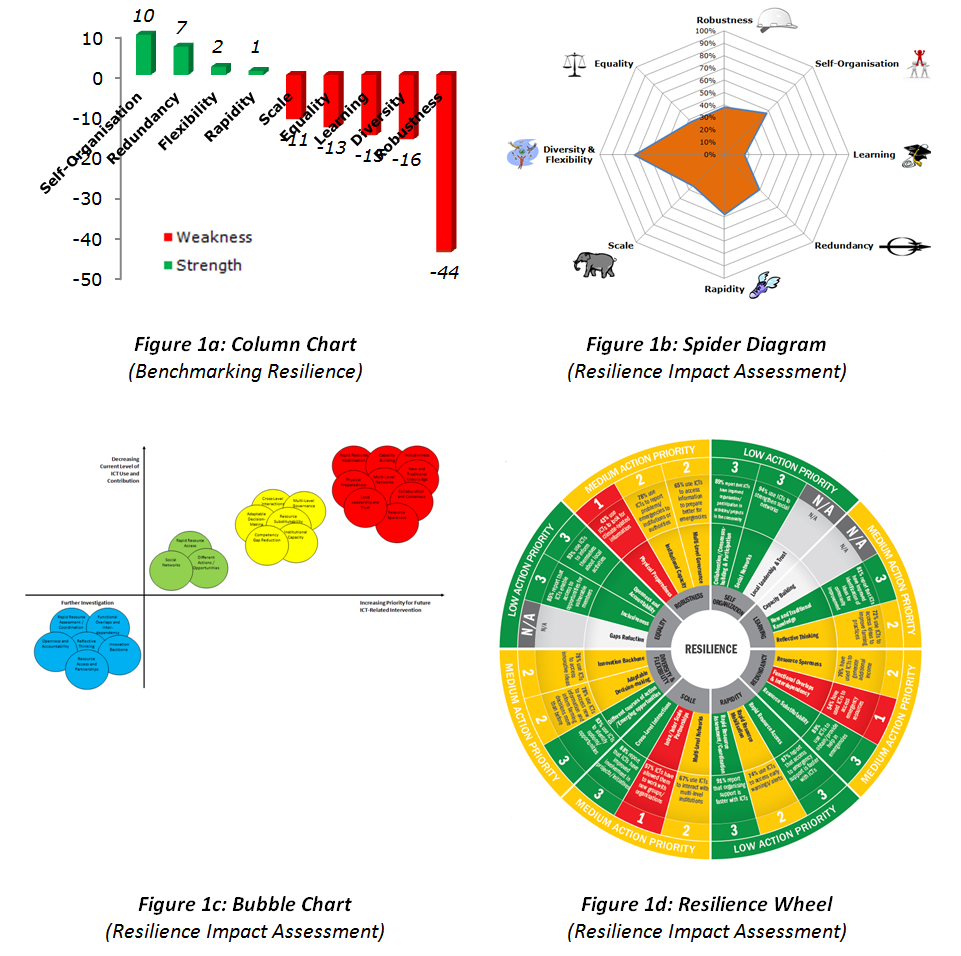
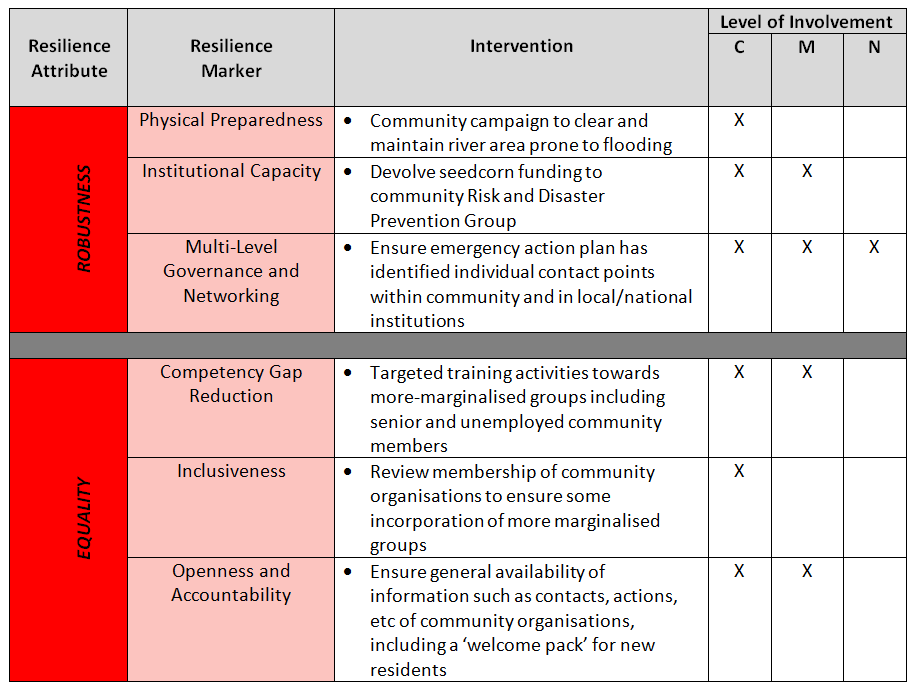
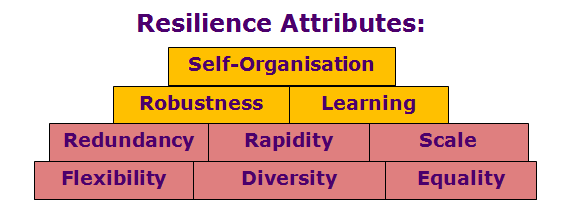

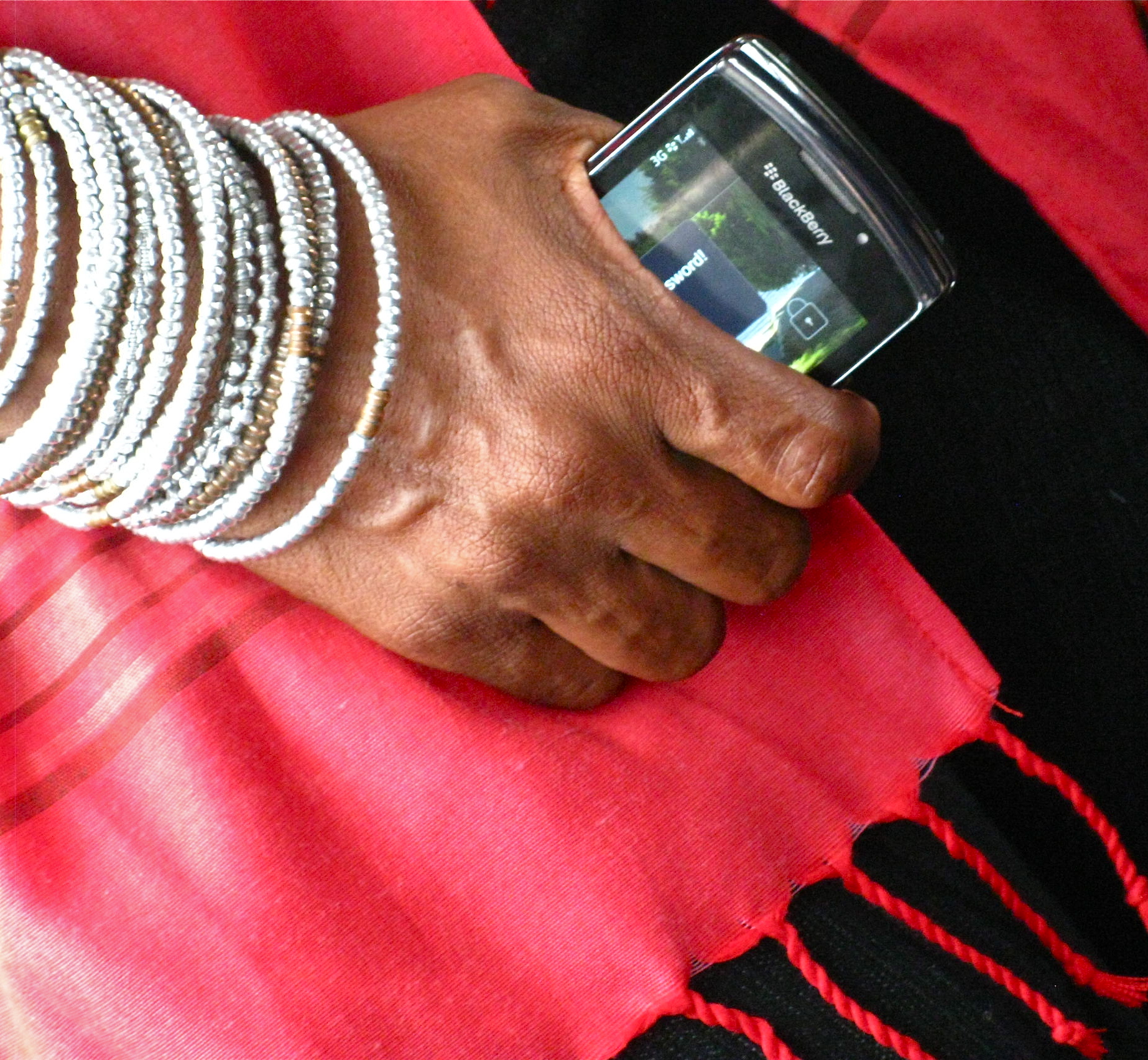 As enablers of an increasingly interconnected world, Information and Communication Technologies (ICTs) constitute valuable tools in processes of transformation and change. Deeply embedded into the socio-economic fabric of both developed and developing countries, the role of ICTs is gaining momentum as part of sustainable development, environmental and climate change strategies.
As enablers of an increasingly interconnected world, Information and Communication Technologies (ICTs) constitute valuable tools in processes of transformation and change. Deeply embedded into the socio-economic fabric of both developed and developing countries, the role of ICTs is gaining momentum as part of sustainable development, environmental and climate change strategies.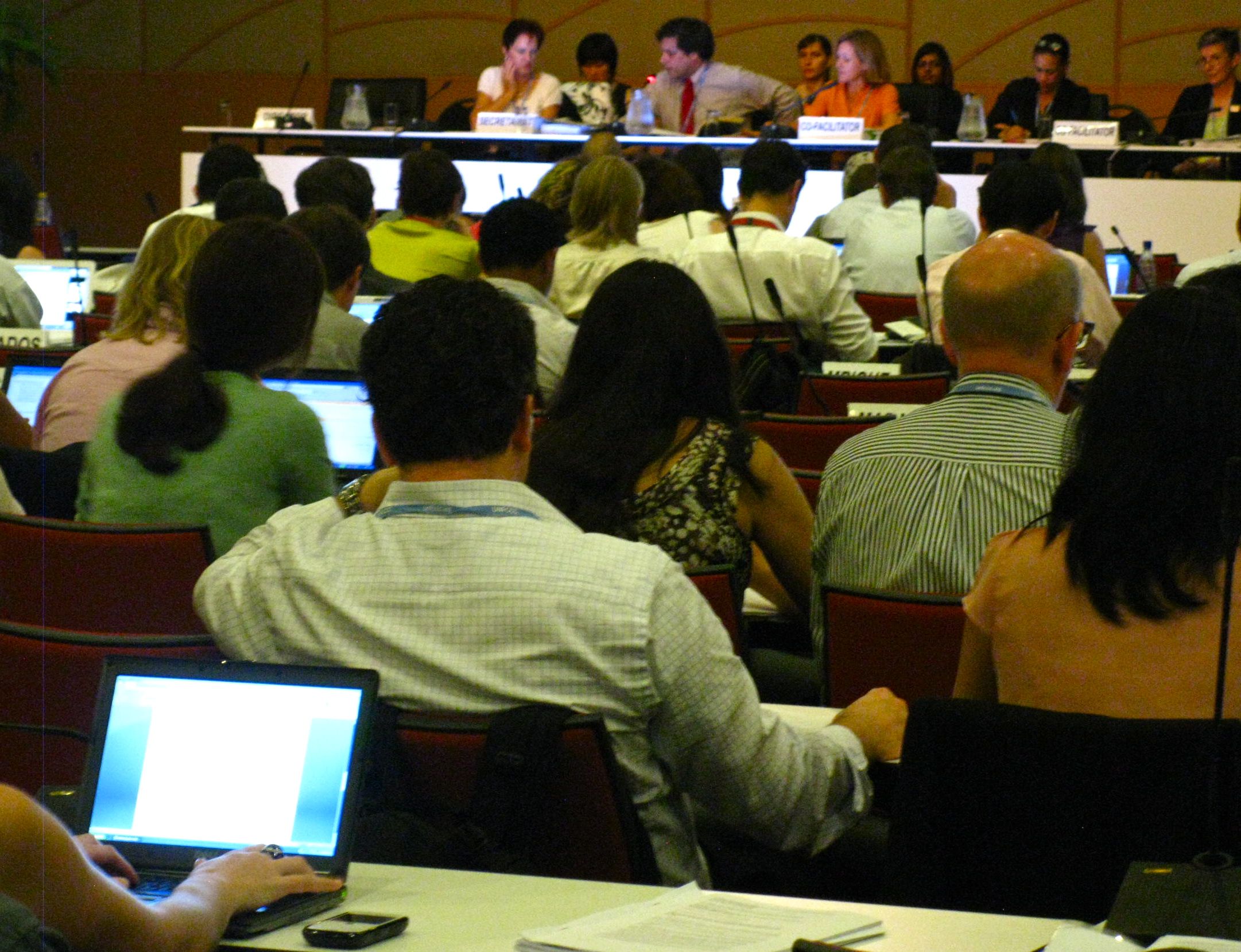

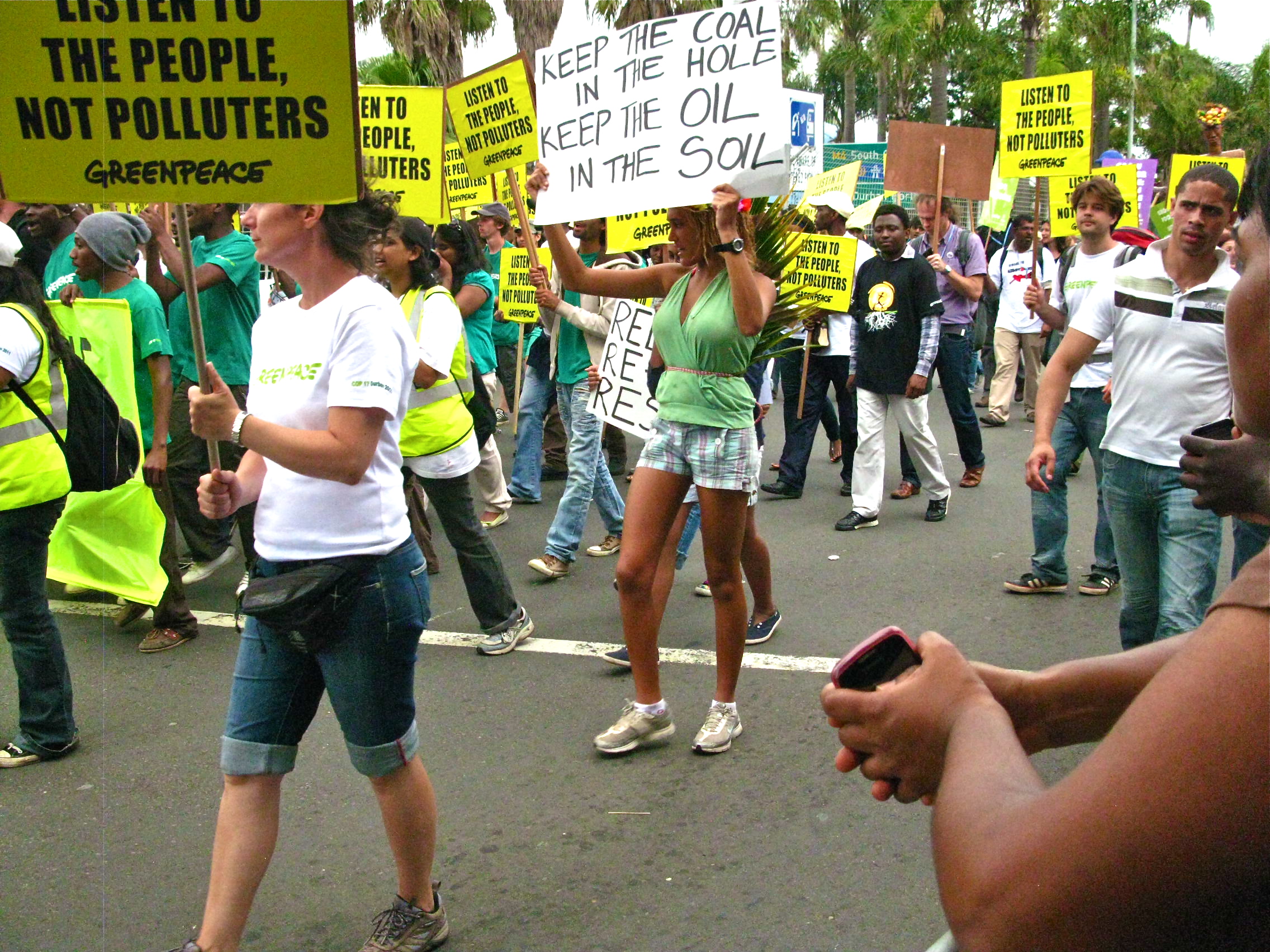 One of the main challenges faced within international policy processes is that of striking a balance between traditional and novel approaches needed to address development challenges. Decision-makers face the daunting task of acknowledging lessons learned (from both success and failure), while at the same time adopting innovative strategies needed to achieve sustainable growth amidst an uncertain future.
One of the main challenges faced within international policy processes is that of striking a balance between traditional and novel approaches needed to address development challenges. Decision-makers face the daunting task of acknowledging lessons learned (from both success and failure), while at the same time adopting innovative strategies needed to achieve sustainable growth amidst an uncertain future.